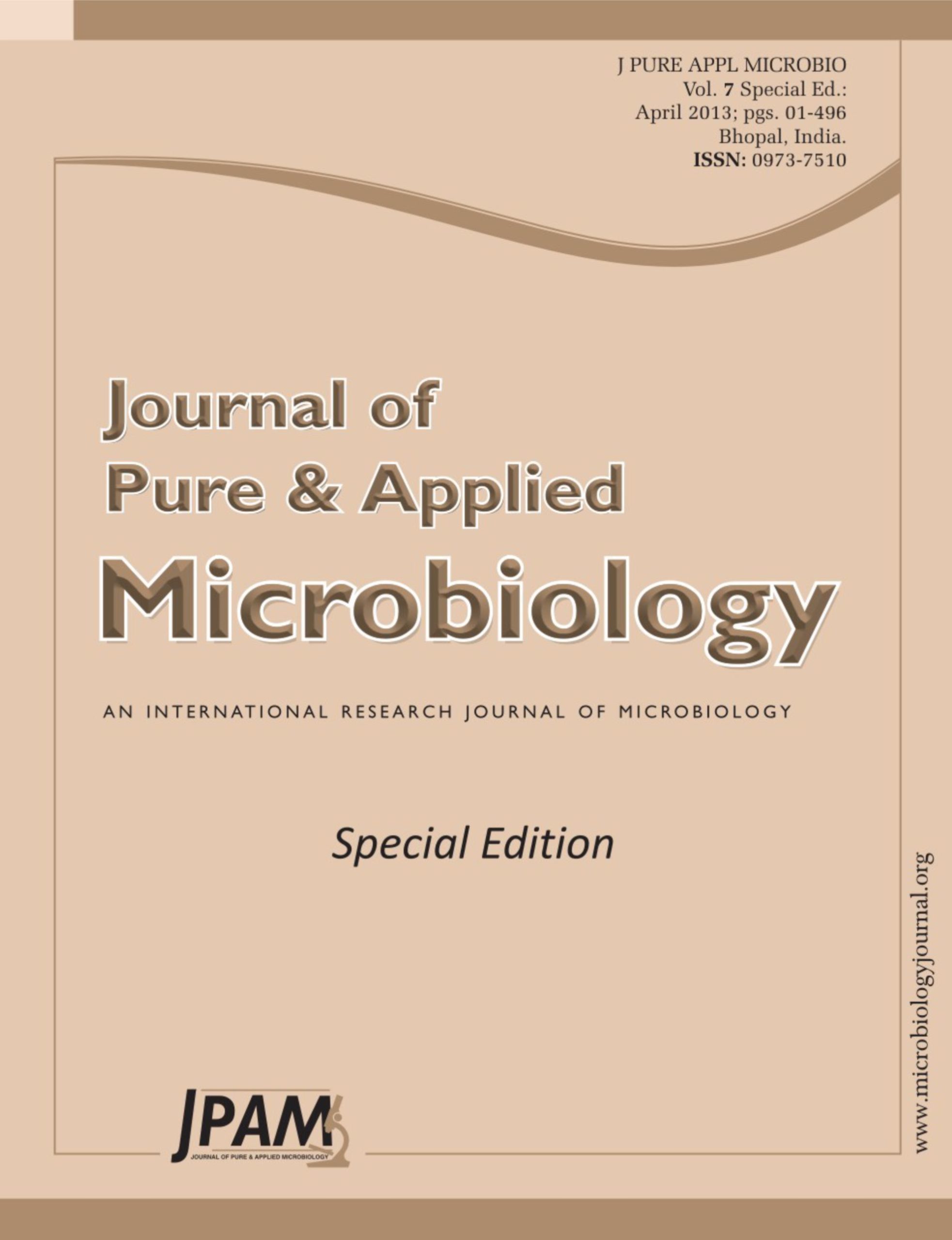It is popular to use the elongation method with Ilizarov tension stress rule on orthopedic diseases for limb lengthening. But there is no report of Ilizarov tension – stress rule for elbow Orthosis based on relevant literature. The paper designs a new elbow Orthosis by the regenerative principle, tensile stress theory and biomechanical three-point force correction law. Study the effectiveness of elbow Orthosis by static resistance strain measurers and other application. Set up the simulation platform to optimize the design and apply on clinical trials. Record the results of clinical trials to analysis and evaluation and the results show that the novel elbow orthosis is minimally invasive, simple, effective and no complications. On the other words the novel device based on Ilizarov technology can reveals pathological mechanism of patients and the angle regulating controller can be facilely adjusted by doctors and patients.The elbow orthoses meet the requirements of design, mechanical analysis and simulation results confirm its effective mechanical properties. The new structure meet the biological requirements of the human elbow and has the feature of sufficient strength, stiffness necessary, adequate stability ,simple structure, stable, easy to adjust, wear comfortable and safe and reliable. Compared with other methods, the elbow Orthosis provides a new treatment method to restore elbow dysfunction also provides a theoretical basis for the next clinic.
Elbow, Llizarov, Elbow dysfunction, Orthosis, Mechanics analysis
© The Author(s) 2013. Open Access. This article is distributed under the terms of the Creative Commons Attribution 4.0 International License which permits unrestricted use, sharing, distribution, and reproduction in any medium, provided you give appropriate credit to the original author(s) and the source, provide a link to the Creative Commons license, and indicate if changes were made.


